Audio Pass-Through
The first couple of posts went through setting up the hardware and the development environment. In this post, we’re going to make use of what we’ve learned so far and create a simple audio pass-through unit.
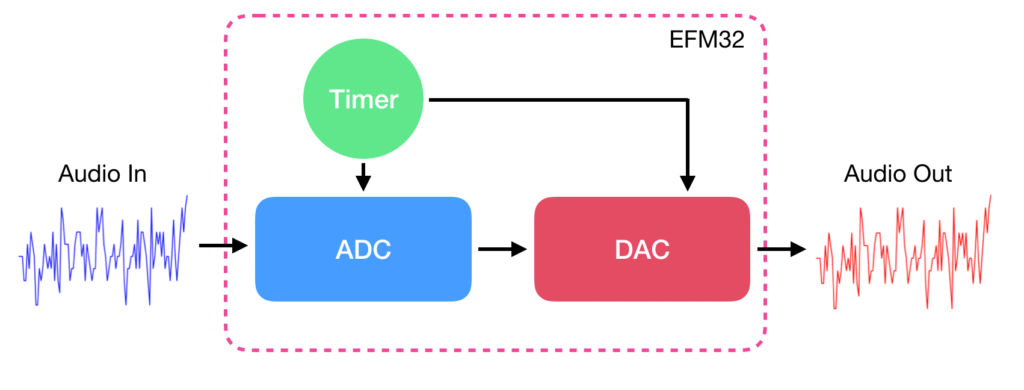
The first couple of posts went through setting up the hardware and the development environment. In this post, we’re going to make use of what we’ve learned so far and create a simple audio pass-through unit.

The last post went into the hardware details for our audio project. In this post, we’re going to cover the coding environment. Aside from the basics, there are some neat features in the microcontroller that we definitely want to use and that’s going to need some extra configuration.
The extra configuration steps sent me on a bit of a wild goose chase throughout the internet so I hope that by compiling most of what I learned into one post, you can get started more quickly.
Here’s what we’re going to cover:
There are a lot of musically savvy engineers who, after their first signal processing course, use their newfound knowledge to build an effects pedal of sorts. I definitely put myself in this category.
Over the next while, I will be messing around with different audio processing methods like filtering, reverberation, wavetables and whatever I feel like playing around with.
For this post, I am going to go through the hardware setup. The firmware setup will be covered in the next post.
The analog front end schematic and a physical implementation example is provided below.
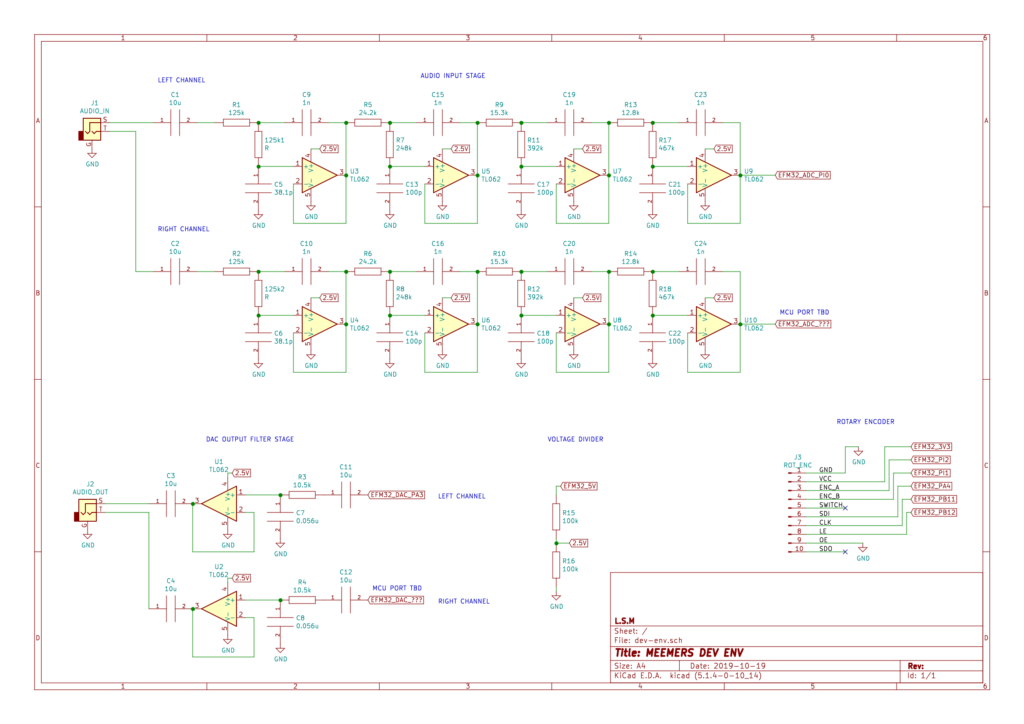
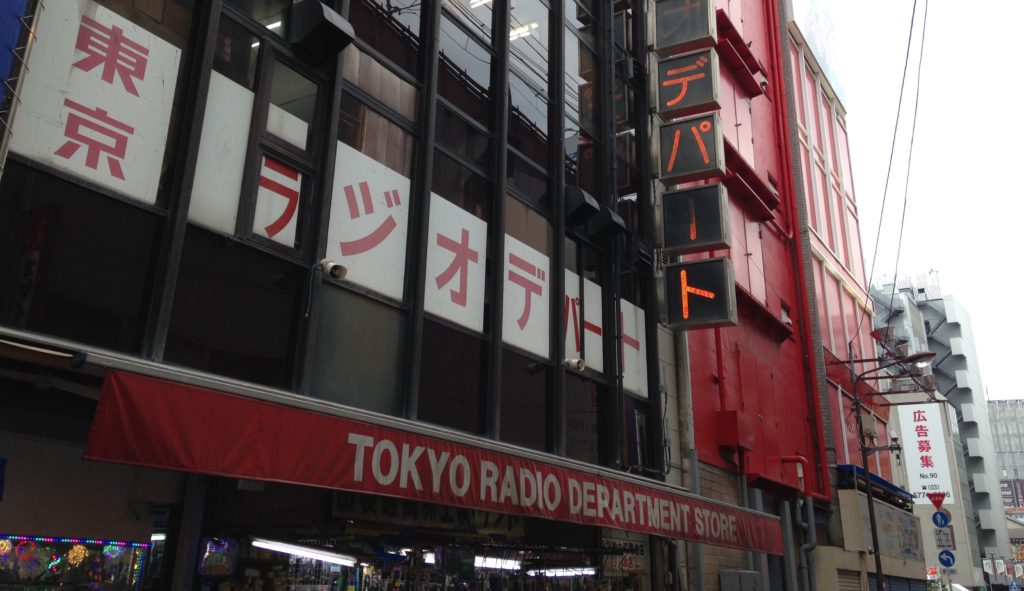
Like many others, I have been interested in visiting Japan and experiencing some of the culture. So recently, I decided to finally take a trip there. There is so much to write about Japan. So much so that condensing my two short weeks of visiting the country into one short blog post will be next to impossible. From its populous vending machines to cat cafes and lush green islands to concrete jungles, if a complete sensory overload is what you’re looking for then consider paying a visit to Japan.
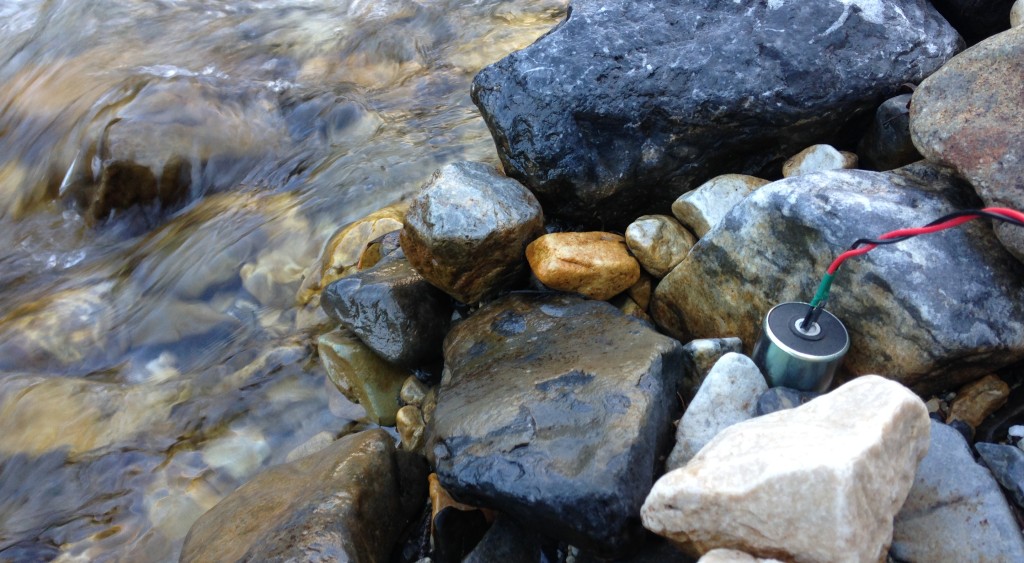
Last year I created the seisMeowmeter project which unfortunately didn’t see full completion and so it collected dust as a prototype while I continued on with other projects. However, while building the seisMeowmeter, the geophone showed me that the ground was, in a way, a lot like jello than something completely rigid. The geophone picked up footsteps from upstairs, it picked up cars driving by my house and it even picked up the tiny vibrations that were coming from the transformer in my oscilloscope. The fact that the ground could transfer movements over a considerable distance was something very, very profound to me.
Given how amazed I was over what a small can with a magnet inside could do, it persisted in residing in a spot in my mind as I worked through other projects. I couldn’t let this one go and I just had to do something more with it.
Over the years that I’ve made PCBs, I’ve used two main fab houses, APC and Advanced Circuits. For a while, I’ve been hearing some good things about OSH Park so I decided to give them a try for my latest project (which I will be talking about in a later post!). For those of you not in the know, OSH Park is a company that takes in gerber files from people who want their boards fabricated, panelizes those boards into one big board then ships it off to a fab house. Once the panels are made, each individual boards are cut out and sent to their respective customers.
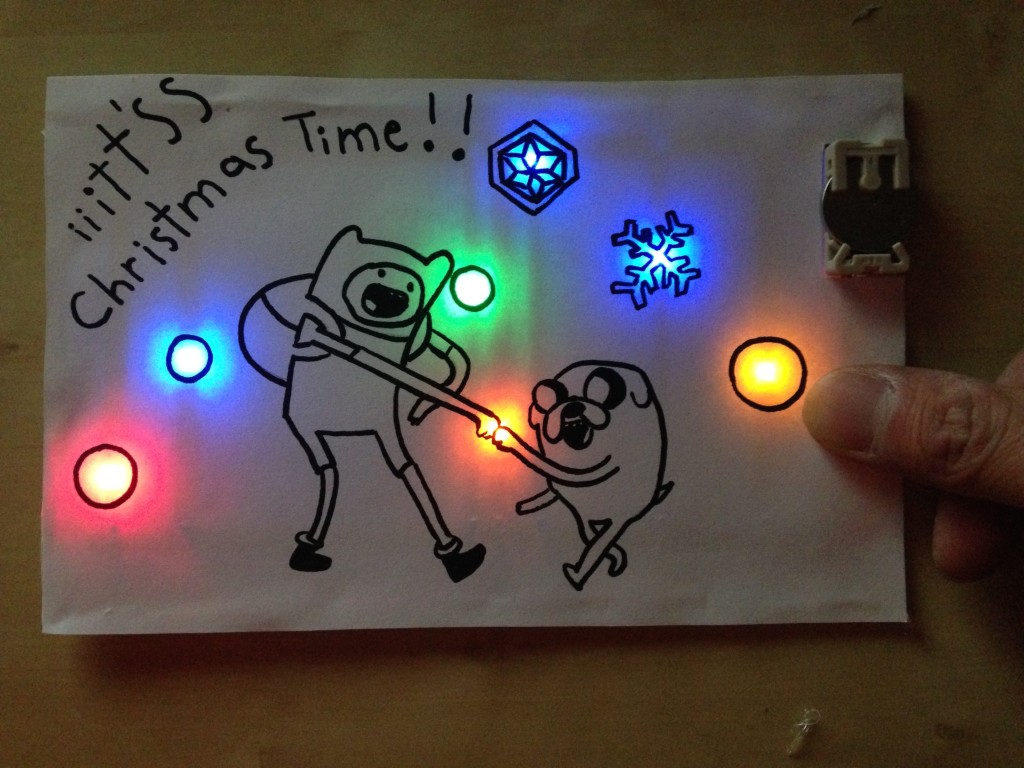
After a long hiatus, meoWS is back! There are a few projects lined up for this year which will touch on navigation and IMUs, analog electronics, clocks and perhaps some RF circuits. I hope to also work on some more projects involving software, especially iOS development so stay tuned for neat projects and potentially useful blog posts!
Today, I will show off some Christmas cards that I made for some friends. I have been experimenting with paper circuits for quite some time. My very first card consisted of a few LEDs, a microcontroller and some tracing paper to diffuse the LEDs. It didn’t do very special things other than flash pretty lights. Over time, each card had changes from the previous iterations.
(more…)
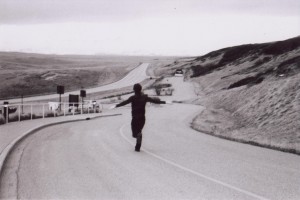
Since my last post, I have been extremely busy studying for my airplane driver’s license – consequently, putting a hold on all meoWS projects. I will be taking a couple of months off to study.
See you in September!
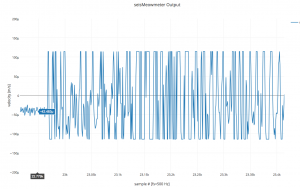
This is it.
Up until now the only people who were able to see data coming out of the seisMeowmeter was myself and anyone else I showed it to. Today, all that changes. Now you too, can see a stream of seismic data in the Calgary area!
Here are the links:
For the Raw Output, click here
For the Frequency Domain, click here
(more…)
So between having to deal with an insane work schedule and fighting with an unruly microcontroller, I’ve managed to finally digitize the output of the seismometer:
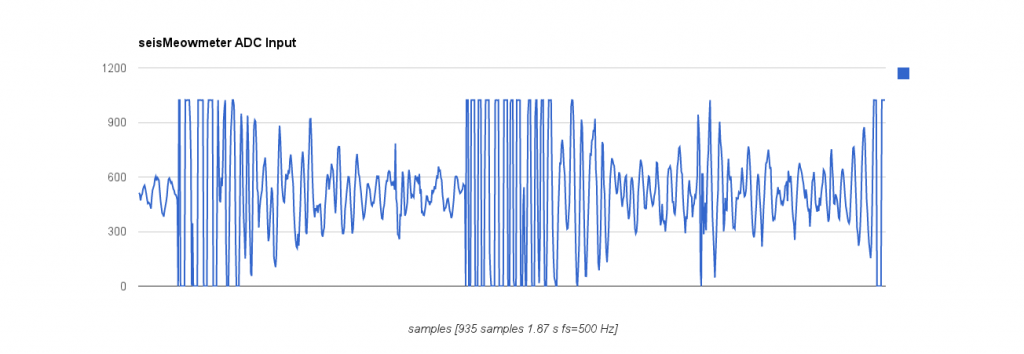
(more…)